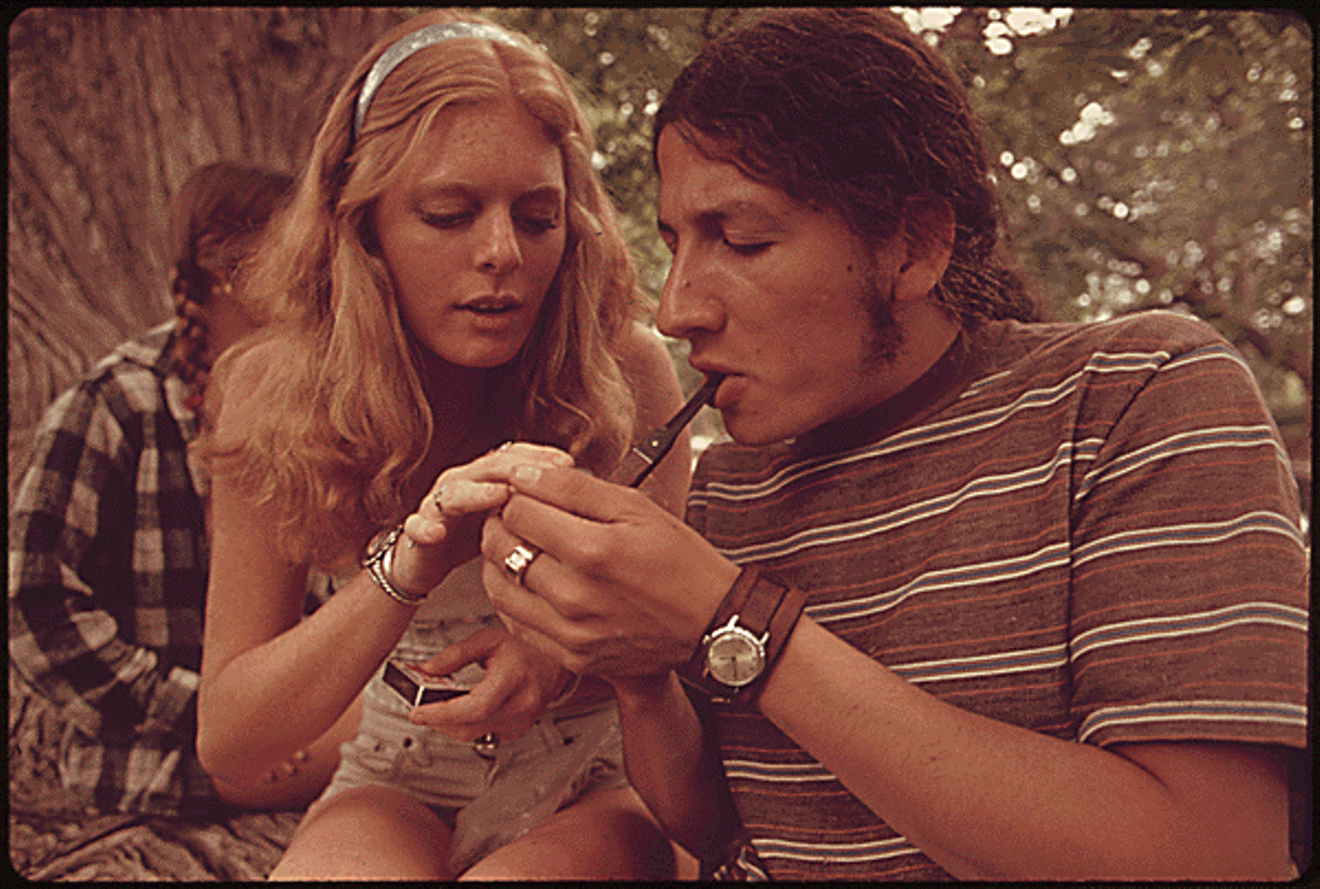Males are more likely to try cannabis (and other drugs) because their hormones stimulate risky behavior, while women are more likely to develop a habit due to more intense withdrawal symptoms.
That’s one of the findings of new cannabis research from Italy that adds another piece to the puzzle of why men and women use cannabis differently.
Scientists from University of Cagliari and CNR Institute of Neuroscience looked specifically at how cannabinoids affect males and females differently based on the sex hormones testosterone and estrogen.
“Similarly to other drugs of abuse, cannabis use differs remarkably between males and females … indicating a different sensitivity to cannabinoid-induced effects in the two sexes,” the authors reported in the October 26, 2018, issue of Frontiers in Behavorial Neuroscience, a peer-reviewed scientific journal. “Although it remains uncertain which specific biological (i.e., sex) and socio-cultural (i.e., gender) factors affect cannabis use in humans, animal studies strongly suggest the involvement of sex … and anabolic-androgenic steroids (AAS) hormones … as important modulators of cannabinoid sensitivity.”
Past studies have connected the amount of certain sex hormones in our bodies with differences in how the endocannabinoid system functions. For example, in women, high levels of estrogen limit the endocannabinoid system’s ability to react to THC.
A lack of research leaves the complete relationship between the endocannabinoid system and sex hormones a mystery. Studies reveal only some of the effects. But the differences show up clearly in statistics.
In Arizona, Department of Health Services data from September 2018 shows that 107,711, or 59.8 percent, of registered medical marijuana patients are male, while 72,415, or 40.2 percent, are female. That gender gap has narrowed since the end of 2012, the program’s first full year. In that year, of 34,699 registered patients, the male-female split was 72.7 percent to 27.3 percent.
Other gender differences have shown up in national Gallup polls: In July 2017, the ratio of American men versus women in trying pot at all was 48 percent to 35 percent. In June 2018, 36 percent of women said they thought using marijuana was morally wrong, but only 26 percent of men thought so. In July 2018, 15 percent of American men admitted they were current (regular or occasional) users of marijuana, compared to 11 percent of women.
Women are more likely to use cannabis for “functional reasons,” said Jessica Lukas, VP of consumer insights at BDS Analytics, which collects data on the cannabis market.
“There are some differences in the way females think and behave,” she said. “We do see females a bit more likely to consume because of anxiety and physical ailments.”
Lukas said women tend to look for more consistency and control in the products they choose, while men are more likely to consider themselves “connoisseurs.” This leads to a few notable differences in how men and women use cannabis.
Women are more likely than men to use products like topicals, and they dab and vape less, causing men to spent about 35 percent more on cannabis products, according to BDS survey responses.
Meanwhile, women make up about 35 percent of consumers smoking bud, 40 percent of edible buyers and 45 percent of topical users, BDS reports.
While both men and women tend to choose products based on familiarity, women are more likely to consider products based on whether they have children, preferring methods that are discreet, safe, and not packaged in a way that kids might easily open, Lukas said.
“I would say it’s probably not surprising those tend to be more top considerations for females than males,” she said.
[
{
"name": "Air - MediumRectangle - Inline Content - Mobile Display Size",
"component": "18478561",
"insertPoint": "2",
"requiredCountToDisplay": "2"
},{
"name": "Editor Picks",
"component": "16759093",
"insertPoint": "4",
"requiredCountToDisplay": "1"
},{
"name": "Inline Links",
"component": "17980324",
"insertPoint": "8th",
"startingPoint": 8,
"requiredCountToDisplay": "7",
"maxInsertions": 25
},{
"name": "Air - MediumRectangle - Combo - Inline Content",
"component": "16759092",
"insertPoint": "8th",
"startingPoint": 8,
"requiredCountToDisplay": "7",
"maxInsertions": 25
},{
"name": "Inline Links",
"component": "17980324",
"insertPoint": "8th",
"startingPoint": 12,
"requiredCountToDisplay": "11",
"maxInsertions": 24
},{
"name": "Air - Leaderboard Tower - Combo - Inline Content",
"component": "16759094",
"insertPoint": "8th",
"startingPoint": 12,
"requiredCountToDisplay": "11",
"maxInsertions": 24
}
]











